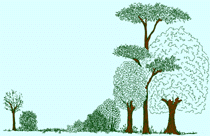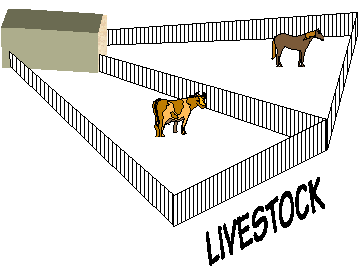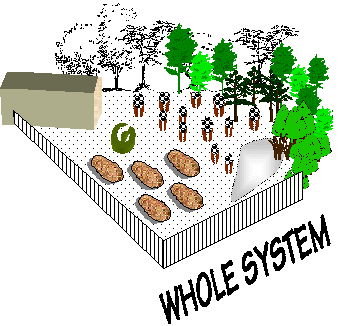 |
||
|
Over three-quarters of the UK is farmland, of which two thirds is used for livestock grazing. This means that half of the UK is used for animals. In some areas, virtually all the land is used for animals, creating a uniform landscape that has little variety and very few products. This is the case in most of the semi-upland areas either side of the Pennines. It wasn’t always so. Archaeology has revealed extensive arable settlements in the Dales, dating from medieval times. Cereals, particularly oats and rye, were grown on hilltops above the Calder Valley up until the end of the 19th century. Bradford District provided much of its vegetable needs from market gardens in and around the city in the mid-nineteenth century. But as the city expanded, more and more valley bottom land was built on, pushing food production further away from people until, in the 21st century, there is no commercial production of vegetables in the Bradford District – it all has to be brought in from other areas. Can this be reversed? Is it worth reversing? It can be reversed, and Permaculture can provide the solutions. This is because of its whole system approach to design and because the lesson learnt from nature is that - the more mature and evolved a system is, the more stable and productive it becomes. In the case of farm landscapes, the most evolved state is when the land supports the most vegetation, soil life and wildlife that it can – we could call this its greatest biomass. In our temperate climate and with the soils predominant in the UK, this would be a woodland vegetation as it would be representative of the natural plant succession that will occur if land is left to nature. This succession to a climax vegetation is a major part of the method to bring about the transformation of a typical livestock farm (which may even be a hobby farm in this area) into a productive and biodiverse landscape.
This farm has one crop – meat. It has the least biomass, its principle vegetation is the improved grass varieties in its pasture. These grasses outcompete meadow wildflowers and the farmer will ensure through various weed control strategies that only the grass will grow. Over the years, the farmer will replace the nutrient taken from the soil, and removed in the meat and bones of the animals, by spreading nitrogen fertilisers along with calcium and phosphorus. Winter feed for the livestock is bought in. The farmer probably buys all his food from the local supermarket.
A shelterbelt windbreak of native trees and shrubs has been planted. This improves the microclimate around the farm and provides wood and timber. The trees also provide a home for wildlife, cycle minerals from subsoil to topsoil, prevent erosion and increase infiltration of water through their extensive system of permanent roots. Trees are thus used as the principle tool in reshaping the ecology and soil economy of what was just pasture. Fruit trees and bushes are planted in front of the shelterbelt, bringing in seasonal crops to the farm. The change to pigs has benefits: they can clear soil, they can be fed on surpluses from the fruit trees and acorns from the shelterbelt; they are a source of meat. No fertilisers are now needed, food for humans is still bought in.
Both annual and perennial vegetable production is developed, with these being grown on a system of island or linear beds that are easily managed by hoe. A pond is created, providing water storage and some aquatic food but, as important, it provides a a pest predator habitat (frogs). This predator attraction and refuge is also provided by the various beds of wild and perennial flowers, and by the herbs growing in the herb spiral. The fruit area is further developed and chickens are fed by controlled movement through it. Pigs root through the woodland. No food is now bought in. Surplus food and meat is sold direct from the farm. Mark Fisher - Permaculture Design course handout notes www.self-willed-land.org.uk mark.fisher@self-willed-land.org.uk |


